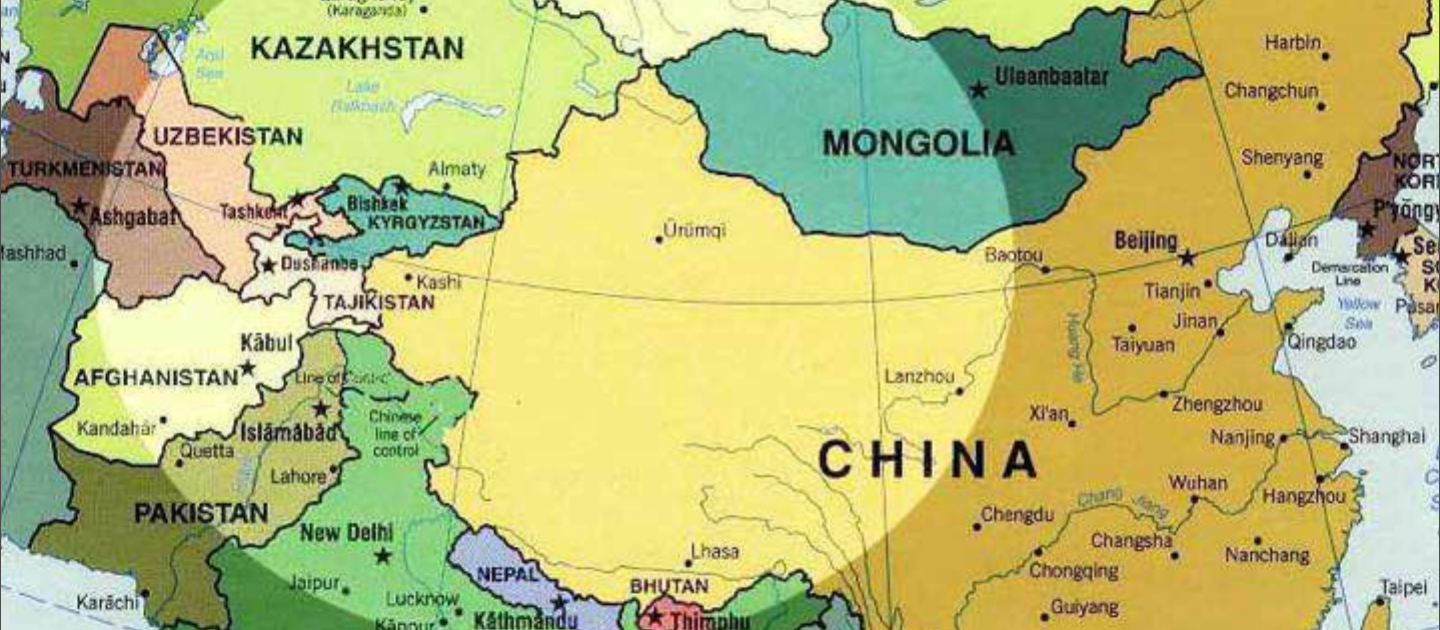For anyone with interest in global affairs, it is difficult not to be aware of China’s now-ubiquitous foreign policy soundbites, including ‘mutual benefit’, ‘inclusivity’, ‘connectivity’ and ‘win-win co-operation’. According to official Chinese discourse, these noble yet vague goals are to be achieved through the Belt and Road Initiative (BRI), a vast network of transportation (high-speed rail, airports land and seaports and roads), energy (power generation and pipelines) and telecommunications infrastructure that will connect China to the world. The flagship foreign policy initiative of the Chinese president, Xi Jinping, the BRI spans over 70 countries, comprising nearly two-thirds of the world’s population and a third of global GDP.
Much ink has been spilt on the BRI in Central Asia, rearticulating its foundational myth of Chinese President Xi Jinping’s 2013 visit to Nazarbayev University and listing the multitudinous projects carried out under its auspices. All this information is freely available on the internet (see Hillman 2018; Indeo 2018). Hence, this briefing addresses three more analytical questions: (1) What does BRI tell us about China’s approach to foreign relations in general? (2) What does BRI tell us about China’s approach to Central Asia in particular? (3) How is Chinese investment changing domestic politics in Central Asian countries?
I suggest that an often underappreciated driver of the BRI in Central Asia is China’s fears over the on-going instability in its far-Western province of Xinjiang, which may be exacerbated by the unstable and conflict-ridden countries on its borders. However, the Chinese approach of stabilisation through economic development may not have the effect so desired by Beijing, as rapidly increasing Chinese presence in Central Asia is bringing with it new security issues, including rising nationalism, inequality and political instability. One mollifying factor is that neither China nor Russia wish to see violence erupt in the region and are therefore likely to cooperate than enter into conflict over tensions in their occasionally overlapping designs for Central Asia. This is likely to result in the form of ‘illiberal peace’ in the region’s medium term, in which tensions remain unresolved but suppressed by dominant powers (Lewis et al. 2018).
Download the full version in English Скачать на русском
Dr Catherine Owen is British Academy Postdoctoral Fellow in the Department of Politics at the University of Exeter. Prior to her award, Owen was Lecturer in Central Asian Studies in the Department of History and Civilization, Shaanxi Normal University, Xi’an, China. In September 2020, Owen will take up a permanent lectureship in International Relations at the University of Exeter.
The policy brief is produced as part of a project “Debating International Relations in Central Asia: Regional Developments and Extra-Regional Actors”. The project is led by Dr Shairbek Dzhuraev and Dr Eric McGlinchey with support of the Hollings Center for International Dialogue.
The views expressed in this publication are those of the author and do not necessarily reflect the views of Crossroads Central Asia and/or the Hollings Center for International Dialogue.

